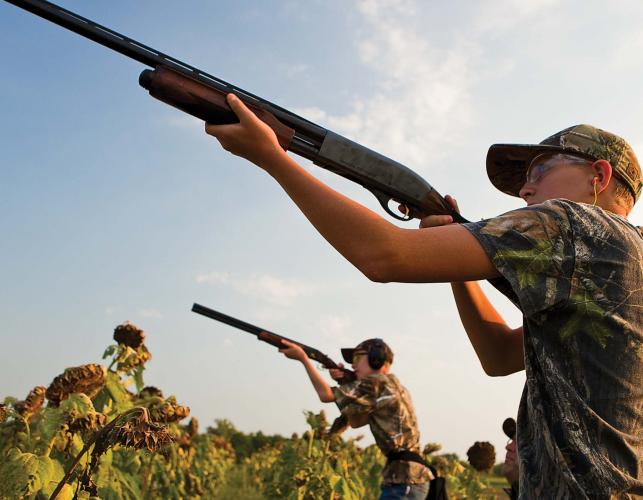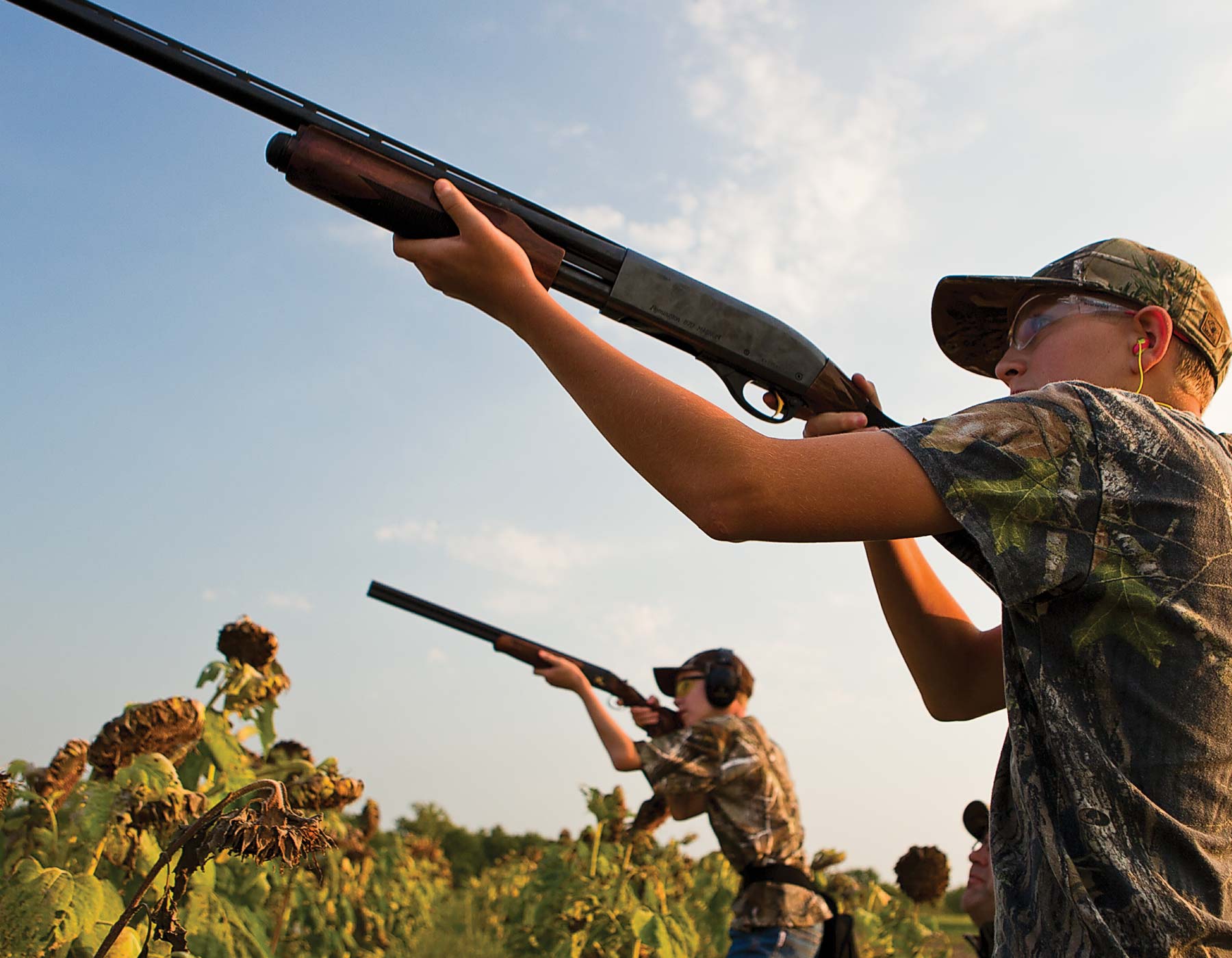
Xplor reconnects kids to nature and helps them find adventure in their own backyard. Free to residents of Missouri.


































Stay in Touch with MDC news, newsletters, events, and manage your subscription

Xplor reconnects kids to nature and helps them find adventure in their own backyard. Free to residents of Missouri.

A monthly publication about conservation in Missouri. Started in 1938, the printed magazine is free to residents of Missouri.


JEFFERSON CITY–For many Missourians, the opening of dove season Sept. 1 marks the start of hunting season, and the state’s top mourning dove expert says this year’s season is full of promise.
According to the Missouri Department of Conservation (MDC), approximately 33,000 people hunt doves in the Show-Me State. Resource Scientist John Schulz says the mourning dove not only is the state’s most popular game bird, it also is the most democratic, attracting hunters from every walk of life.
This popularity results from the mourning dove’s prolific nature. A pair of doves can easily raise six broods of two chicks each nesting season, starting as early as March and persevering well into September. Doves build flimsy, shallow nests, and rainy, windy weather reduces nest success, but that hasn’t been a problem this year, so good dove numbers are expected come opening day.
Missouri’s dove-hunting season runs from Sept. 1 through Nov. 9. Mourning, collared and white-winged doves all are legal. The limit is 15 doves daily, which can be a combination of all three species. The possession limit is 30.
Missouri residents ages 16 through 64 must buy a Small Game Hunting Permit to pursue doves. All dove hunters 16 and older must have a Missouri Migratory Bird Hunting Permit for dove hunting.
Dry weather is a two-edged sword for dove hunters, however. Without adequate rainfall, food crops planted for doves on conservation areas don’t thrive. Hunters can call any Conservation Department office to learn the location of managed dove fields or visit mdc.mo.gov/node/8905.
Schulz offered one caution about the Conservation Department’s managed dove fields. This year’s drought stunted the growth of crops planted on many dove fields. Hunters should visit fields they want to hunt beforehand or at least call area managers for up-to-date information about field condition. Contact information for area managers is available through the Conservation Atlas database at mdc.mo.gov/atlas.
Another problem this year could be an overabundance of dove fields. Drought conditions have prompted many farmers to harvest corn earlier than normal. In more normal years, doves can be concentrated around the few cornfields that are harvested early. This year they may be spread out over large areas, making hunting tougher.
Hunters who understand doves’ habits and preferences sometimes can locate spots as productive as managed dove fields. Doves like open ground, seeds, perching sites and water. Any spot that combines two or more of these elements can be an excellent hunting spot. An abandoned gravel road, an old airstrip or parking lot is a start. Ponds with wide margins of bare soil also are attractive to doves, and such spots are easy to find this year. Add a telephone line or a dead tree for perching, and you have a dove magnet.
The Conservation Department bands approximately 2,500 birds annually as part of a nationwide effort to create a dove-management database. Approximately 12 percent of those doves are recovered and reported, mostly by hunters. The most important thing dove hunters can do to improve their sport is to check every bird they shoot for a leg band and report any they find at reportband.gov, or by calling 800-327-BAND (2263).
Data from band recoveries drive a wide array of analytical processes that directly affect mourning dove regulations. By reporting band numbers, hunters are helping manage our dove resource for future generations.
MDC statistics show that hunters fire an average of five shots per dove bagged. If you kill a limit of 15 doves with fewer than three boxes of shotgun shells, first pick up all the empty hulls littering the ground around you. Leaving them in the field is littering, and could earn you a ticket. Then pat yourself on the back for being an above-average wingshot.
-Jim Low-